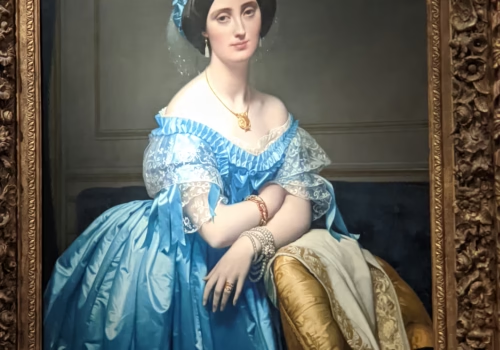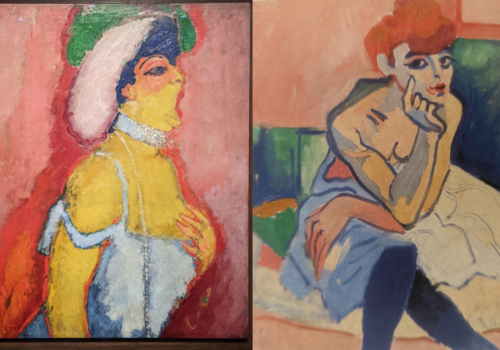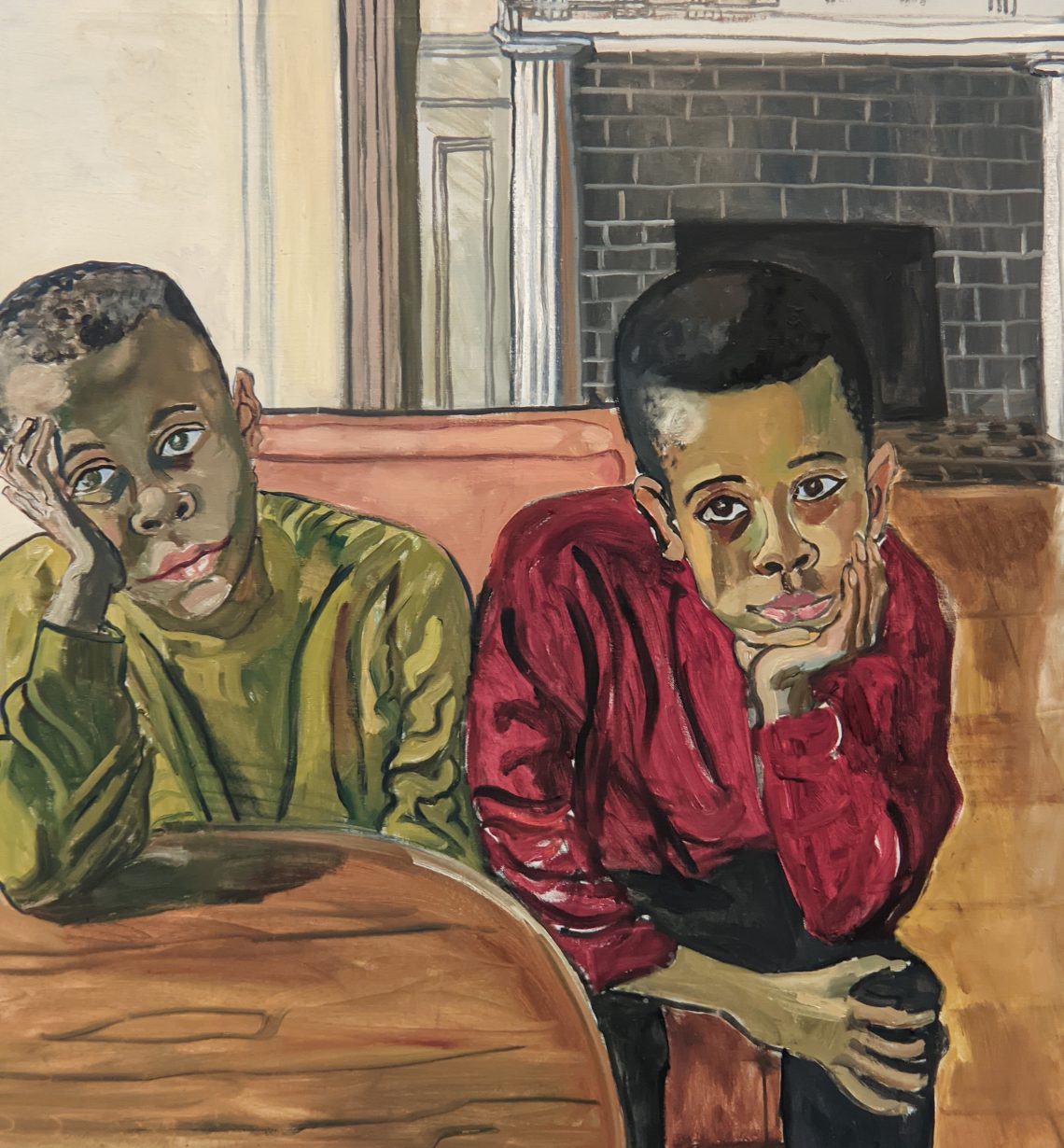
Alice Neel in the Guggenheim Bilbao — Astonishing Paintings
The Guggenheim Bilbao describes the painter Alice Neel (1900 — 1984) as “one of the most radical artists of the 20th century.”
“A fervent advocate for social justice, humanism, and the dignity of people,” according to the organizers of this career-spanning retrospective, Neel “considered herself a ‘collector of souls’.”
When this exhibition entitled Alice Neel: People Come First was presented at New York’s MET Museum from March through August, 2021, the Washington Post described it as “a perfect show for right now” and a review by WNYC (public radio) declared “Alice Neel is a great artist and among the greatest portraitists that’s ever lived.” This show closed at the Guggenheim Bilbao on February 6, 2022, and is currently on view at the de Young Museum in San Francisco through July 10, 2022.
We first viewed this exhibition at The Metropolitan Museum of Art in New York and were so taken by this painter’s authenticity, we traveled to Spain to spend more time contemplating Alice Neel’s importance and revisit her spirit. The essence of city life from the bygone days of the Great Depression through the capitalist frenzy of the mid-1980s felt just as fresh and honest in Bilbao (the 10th largest city in Spain, with a population of 350,000) as it did in New York City, where Neel lived for more than 50 years from 1927 through her death from colon cancer in 1984.
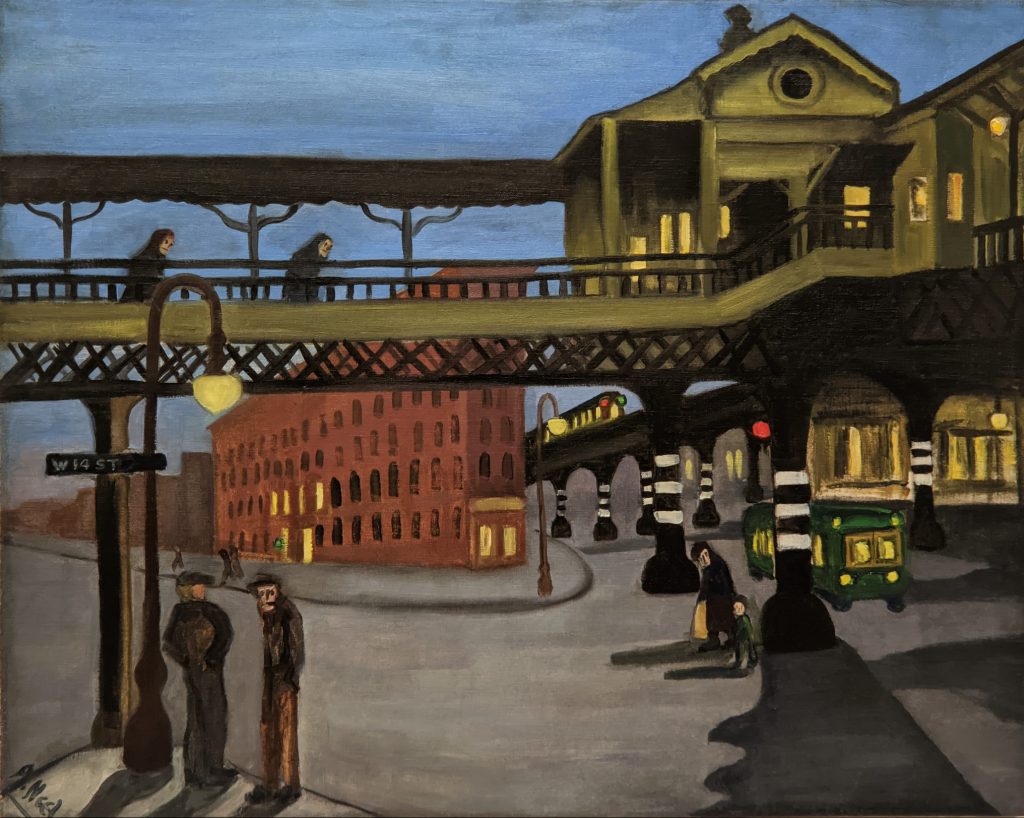


Early Life in Pennsylvania, Then Cuba & New York
Alice Neel was born in 1900 and raised in Pennsylvania at a time when there were limited expectations for women. Her mother once told her, “I don’t know what you expect to do in the world, you’re only a girl.” Despite growing up in a straight-laced middle class white family, Neel enrolled in the fine arts program at The Philadelphia School of Design for Women in 1921 — one year after women gained the right to vote in the USA — where she embraced the Ashcan School of Realism. Robert Henri taught at the School at that time, so it is possible Neel was attracted to Henri’s approach to art, rather than to Impressionism which was the popular style for students of painting in Neel’s day.
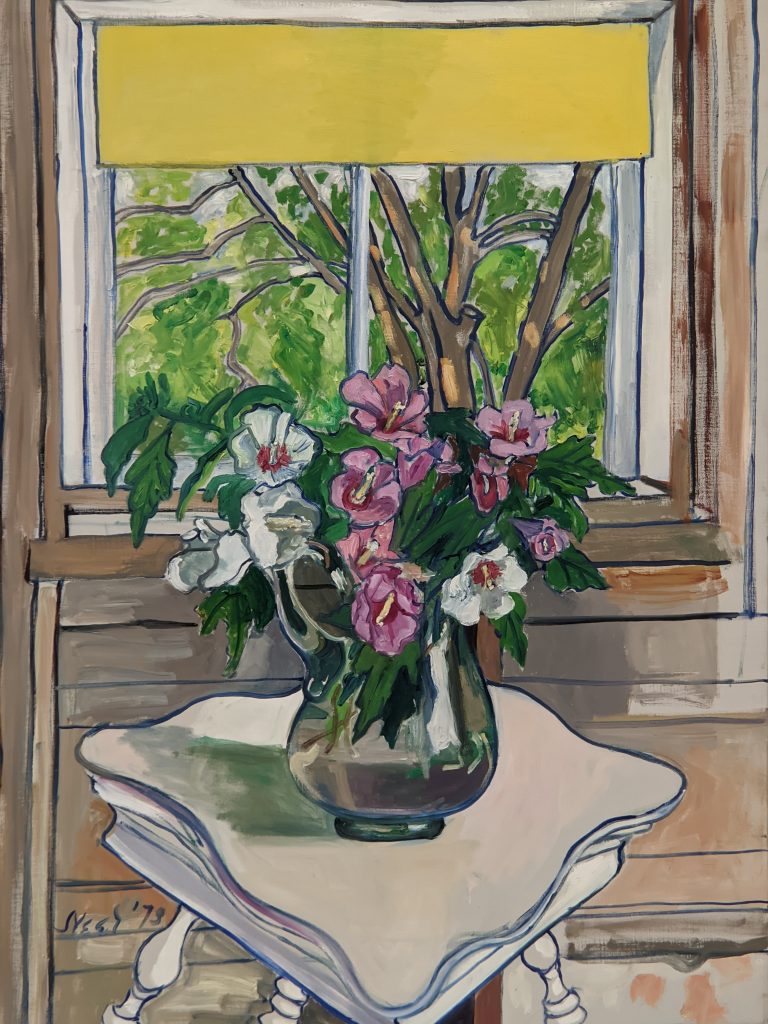
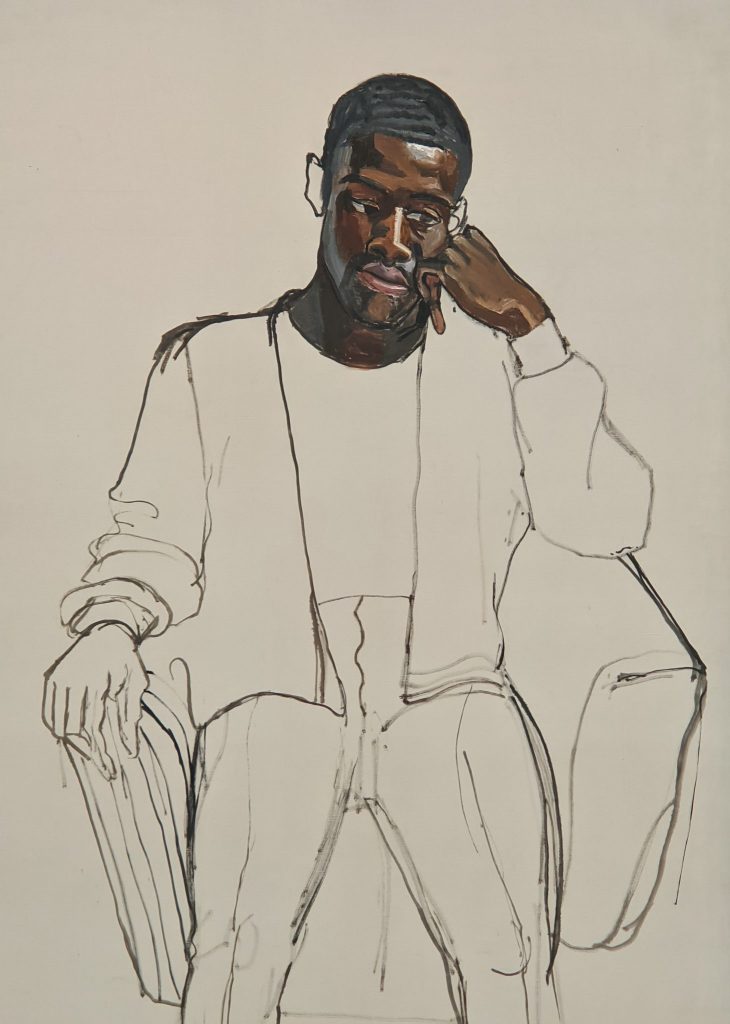
Alice Neel — A Collector of Souls
Neel graduated from The Philadelphia School of Design for Women in 1925, married Carlos Enriquez (an upper class Cuban painter) and moved to Havana to live with Enriquez’s family. Neel was welcomed by the Cuban avant-garde — young artists, writers and musicians — and exhibited her paintings alongside important members of the Vanguardia Movement, which became increasingly political in its ideology. Throughout her career, Neel painted people from many backgrounds and societal levels, and focused on those who faced injustice. In fact, this exhibition’s title comes from a quotation by Neel herself in 1950, “I have tried to assert the dignity and eternal importance of the human being. For me, people come first.”
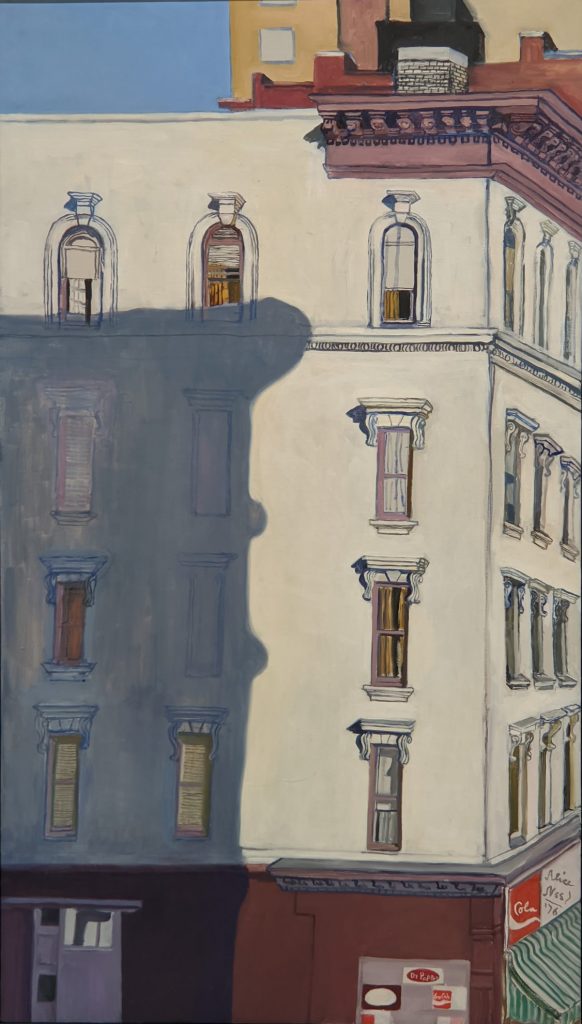
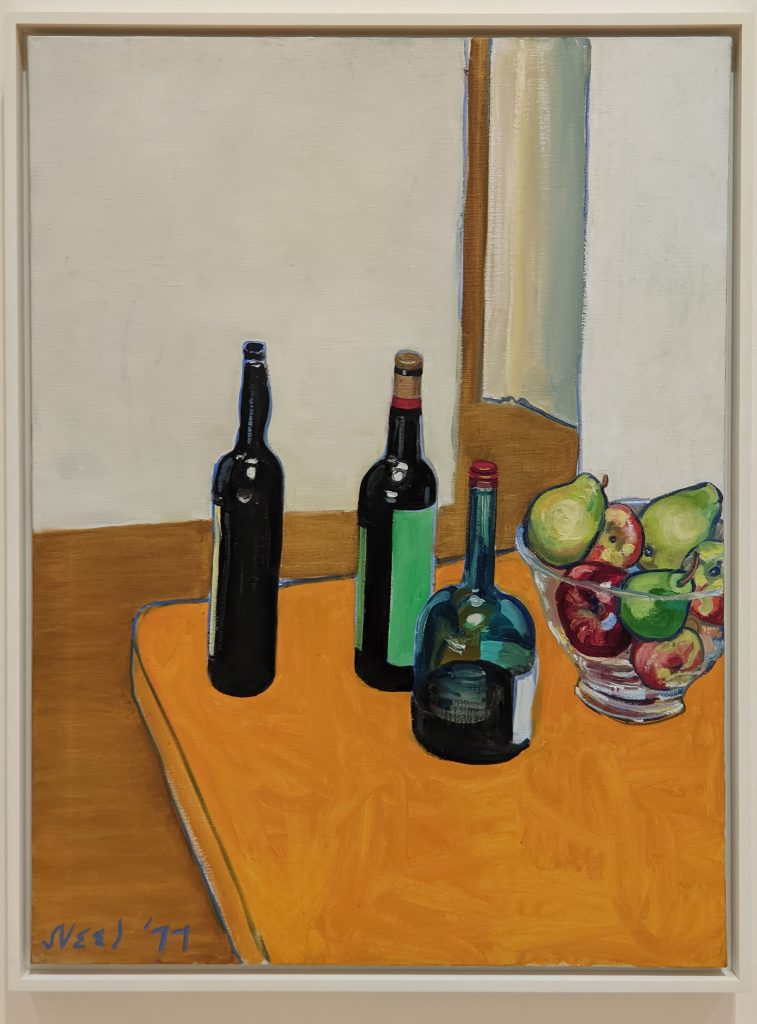
Personal Life & Tribulations
In 1927, Neel and her husband returned to the USA with their first child, Santillana, who died as a result of diphtheria in New York just before her first birthday. This marked the first of several traumas that infused the subject matter of Neel’s paintings. Neel became pregnant with her second child, Isabetta, in 1928; however, 18 months after her birth, Carlos Enriquez abandoned Neel and took Isabetta to Cuba. Neel never saw her husband again. In 1934, Carlos expressed his desire to reunite with Neel; however, they neither reunited nor officially divorced. Neel also gave birth to two sons: Richard Santiago in 1939 and Hartley Neel in 1941. Neel also painted her daughter-in-law, Hartley’s wife, Virginia (Ginny).
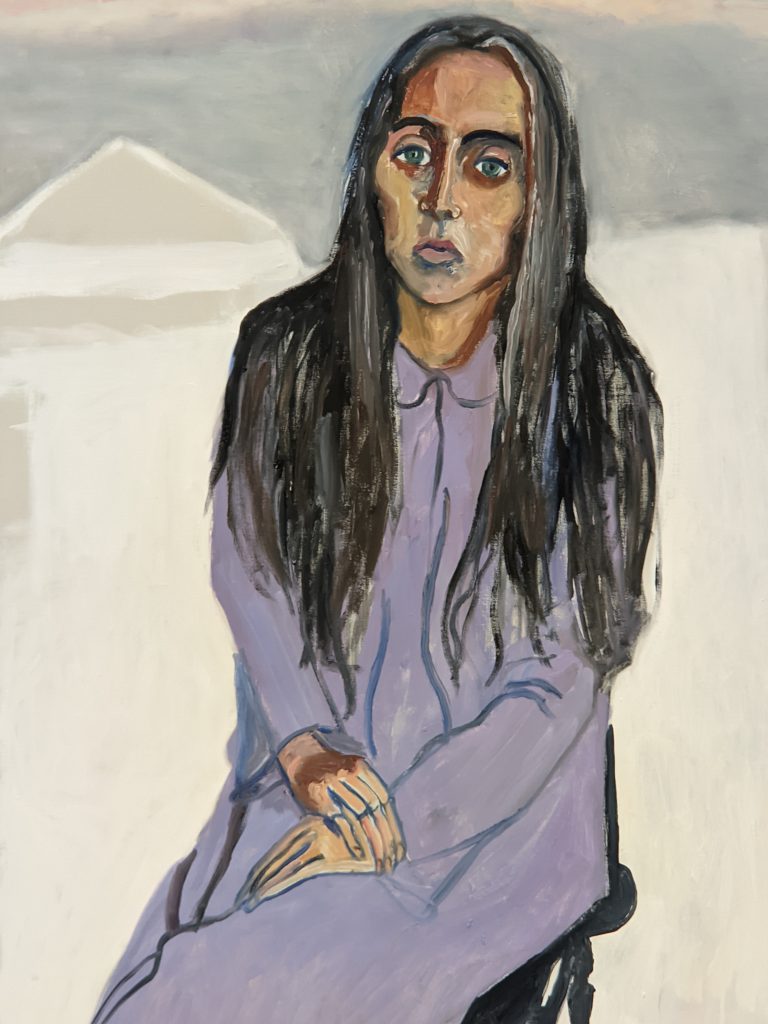
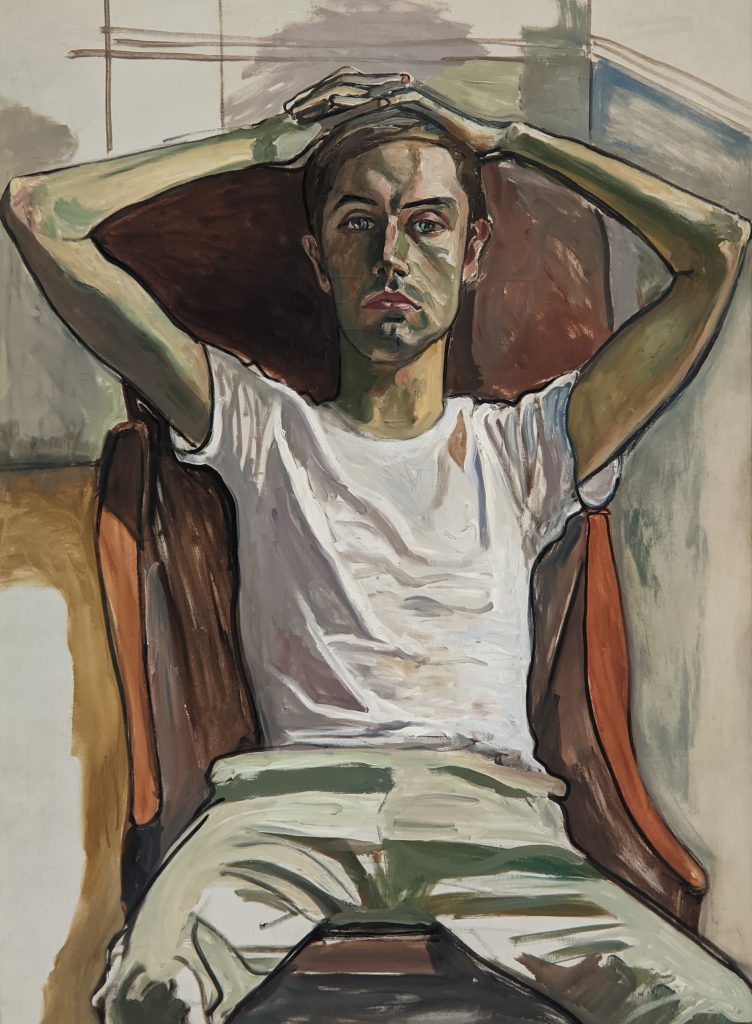
Great Suffering, Great Art
Alice Neel, mourning the loss of her children and husband, suffered a nervous breakdown, attempted suicide and was hospitalized. Neel continued to paint in the sanatorium until her release in 1931 — during the Great Depression — and the themes of anxiety, loss and motherhood would inform her oeuvre for the remainder of her long career.
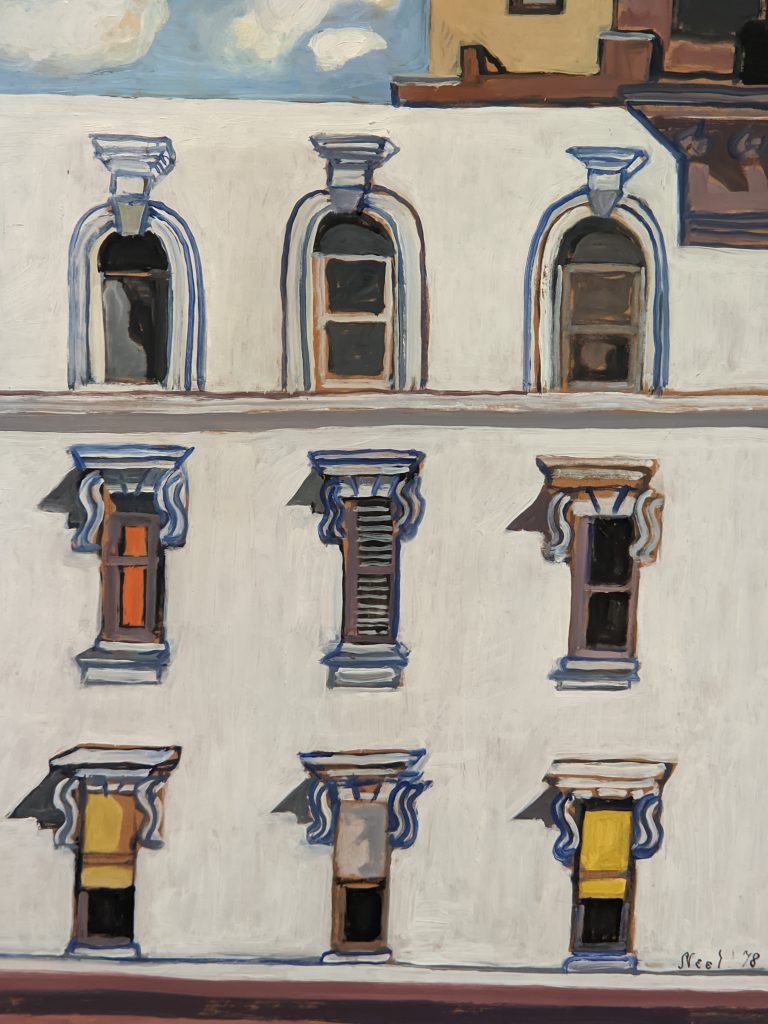

Merging Realism with Expressionism
The human dramas that Neel witnessed — the world wars, the conflict between Capitalism and Communism, the civil rights movement and the rise of feminism — permeated her paintings, and the City of New York became her primary muse. The curators of People Come First demonstrate, “Whether painting portraits, cityscapes, or still lifes, Neel addresses the different artistic genres with the same incisive, empathetic gaze. She captures the soul of animate and inanimate beings, but more importantly, she captivates the observers’ soul when they face her works and her life of constant struggle, questioning everything pre-established forthrightly and starkly, with acuity and naturalness.”


Her Depiction of Women Challenged the Norms in Western Art
To lift herself out of poverty during the 1930s, Neel was one of the first artists to accept a job in a federal arts project through the Works Progress Administration, and she gained recognition. Her realist style captured on canvas many typical street scenes during the Depression and numerous female nudes, as well as Neel’s social world of downtown Manhattan intellectuals and Communist Party leaders. Neel’s nudes satirized the traditional notion of passive, ageless women who were the object of men’s eyes — and this contradiction of standard beauty empowered her sitters with individual identities, often with a psychological and intellectual intensity.
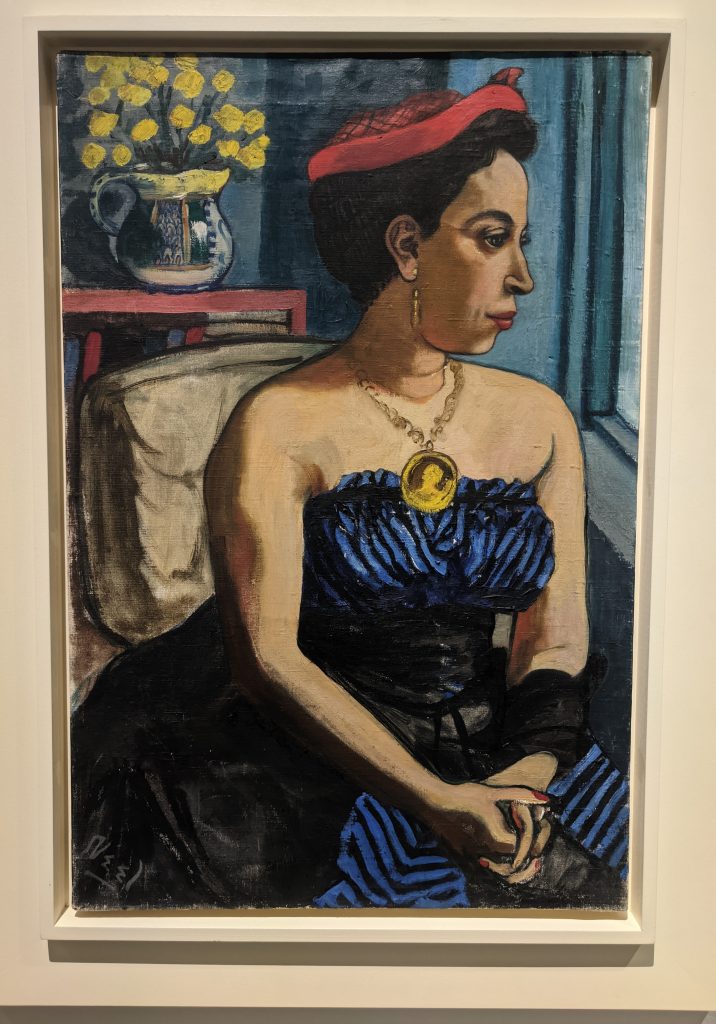
Alice Childress & Alice Neel
Neel’s wonderful 1950 portrait of Alice Childress — the accomplished playwright, actress and novelist — was shown at The Metropolitan Museum of Art but is not on view in Bilbao. In this regal portrait, Childress’ gaze turns away from the painter (and the viewer) revealing a poised and contemplative mind at work, while her body is still. Childress (1916 — 1994) described her own artistry as an effort to portray the “have-nots” in a society of haves, saying: “My writing attempts to interpret the ‘ordinary’ because they are not ordinary. Each human is uniquely different. Like snowflakes, the human pattern is never cast twice. We are uncommonly and marvelously intricate in thought and action, our problems are most complex and, too often, silently borne.”
Childress remains well-known for her young adult novels including A Hero Ain’t Nothin’ but a Sandwich (1973) which was banned from a public school system in New York State from 1975 to 1982, and returned to the school library shelves after the U.S. Supreme Court ruling in the landmark anti-censorship legal case Pico v. Board of Education, Island Trees. As The Metropolitan Museum of Art noted, “Childress’s creative and political life mirrored Neel’s. Not only did they frequent many of the same Marxist organizations, they also supported justice for women, people of color, and the lower and working classes.”

Recognition & Stature as an Important American Artist
Alice Neel moved to Spanish Harlem in the 1930s, where she frequently painted her neighbors, particularly children and women. Neel never sought to portray people in an idealistic manner. Her goal was to paint in a true and honest way. Between 1940 and 1950, Neel was granted only one solo exhibition and her work virtually disappeared from galleries, but interest in Neel’s contributions as a painter gained momentum alongside the women’s movement of the late 1960s. By the mid-1970s, Alice Neel achieved recognition and celebrity as a feminist icon. In 1974 (and again in 2000), Neel’s artwork was given a retrospective exhibition at The Whitney Museum of American Art; in 1976, she was elected by The American Academy of Arts and Letters; and President Jimmy Carter presented her with an award for outstanding achievement in 1979.
ALICE NEEL: PEOPLE COME FIRST
People Come First was on view at the Guggenheim Bilbao through February 6, 2022.
FROM SAN FRANCISCO TO PARIS
If you were unable to see this strong exhibition in New York or the Basque Country, perhaps you will view it in San Francisco, where it will be presented from March 12, 2022 — July 10, 2022 at the de Young Museum. A retrospective of Alice Neel’s paintings will open in Paris at the Pompidou Centre from October 5, 2022 to January 16, 2023. You may want to read our article entitled “Paris — The 10 Best Art Museums” for additional current and upcoming art exhibitions in Paris.
“I have tried to assert the dignity and eternal importance of the human being.”
Alice Neel, Daily Worker, 1950




